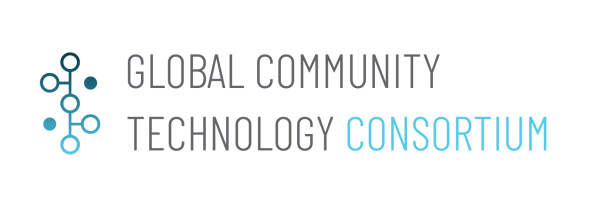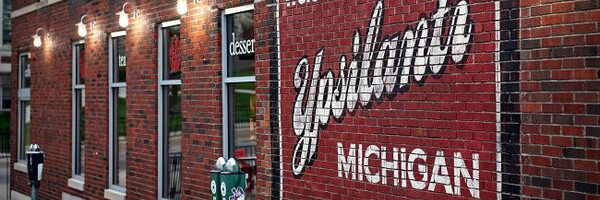Online Power Quality Monitor for Electric Utilities and Municipalities
Jump to navigation
Jump to search
| Online Power Quality Monitor for Electric Utilities and Municipalities | |
|---|---|

| |
 Ypsilanti, MI | |
| Team Organizations | Utilities Instrumentation Service; Trihedral – SCADA software developer; Verizon Wireless – Telecommunication provider |
| Team Leaders | John Patry |
| Participating Municipalities | Ypsilanti MI |
| Status | |
| Document | None |
Description
Monitor Power Quality parameters such as voltage dips, sags, harmonics, THD, TDD and transients; monetize losses due to power quality; and minimize the troubleshooting time using our Power SCADA tool anywhere in Real Time. Get alarms and reports straight to your device in time.
Challenges
With exponential growth in electronic devices, Cities (municipalities) and Industries are facing numerous problems from light flickering to equipment damage due to power quality. Average troubleshooting time for such problem is 2 – 3 months.
Solutions
We propose to monitor those parameters that are used to troubleshoot such problems in real time, thus troubleshooting faster, minimizing downtime and saving cost to replace the equipment.
Major Requirements
- Shortlist existing power quality devices that communicate with common industry standards (like Modbus, DNP3, etc.).
- Develop the user interface using VTSCADA consisting of trending data, capturing waveforms, tabulating alarms and sending alarms and reports to designated mobile phones/ tablet/ computers, etc.
- Optimizing data transmission by adding “report by exception” for the parameters that consume more bandwidth in shirt time (eg: capturing transient waveforms).
- Deploy beta testing at few sites and tune the system.
- Marketing and Commercializing.
Performance Targets
| Key Performance Indicators (KPIs) | Measurement Methods |
|---|---|
|
|
Standards, Replicability, Scalability, and Sustainability
- Standards: The commercial devices selected would be UL Listed and conform to all applicable industry standards (eg: IEEE, IEC, NEC, etc.).
- Replicability: Install prototypes at similar industries and compare results.
- Scalability: As long as the CTs and PTs are available, the devices can be installed in any 3 phase circuit ranging from 208V to 750kV.
- Sustainability: Electronic devices while operating do not pose any harm to the environment. Redundant servers available to back up data and operation during maintenance, power loss or catastrophes.
Cybersecurity and Privacy
- User support through phone, email and on-site visit would be available to help them acquainted with the GUI, reports and alarms.
- It is proposed to use Verizon wireless for the data transfer over cell phone medium.
- Two physically isolated servers host and analyze data and automatically come into action should one fail. The facilities are backed up with generators in case of utility power failure.
Impacts
- Economic benefits: Improving life of electrical equipment those are very expensive (eg: power transformers, LED lights, MV motors), thus savings in millions.
- Minimizing unanticipated downtime due to power quality issues, thus improving standard of life, quality of products manufactured and also save money.
- If deployed in large scale (statewide, countrywide), excessive power and energy usage due power quality problems could be curbed reducing congestion in transmission lines, provide reliable and clean power, save natural resources used in electricity generation.
- Reduce power quality problems that go unnoticed such as light flickering, computer and electronic devices downtime, shortened life span of electrical equipment, etc., this improving quality of life.
Demonstration/Deployment
- The prototypes should have been installed by fall 2018 and tuning of the parameters would be on-going at several client locations.
- The online dashboard could be viewed from phone/computer and could be demonstrated to the participants.